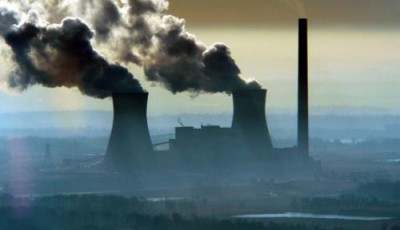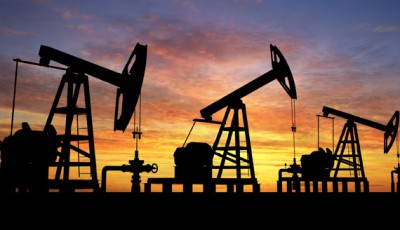Global warming will leave people in the western states of the US exposed to increasingly extreme temperatures that could seriously affect electricity generation.
LONDON, 22 May, 2015 – Climate change could mean that things get really tough for people in the US west in the second half of this century, according to new research.
Higher temperatures and increased intensity of droughts could compromise the electricity grid, while the number of people exposed to extremes of heat is likely to multiply at least fourfold, and perhaps more.
Sustainability scientists Matthew Bartos and Mikhail Chester, of Arizona State University, report in Nature Climate Change that changes in precipitation, air and water temperature, air density and humidity could combine to create problems for electricity generating plant in the western US.
They estimate that around 46% of the generating capacity in 14 US states could experience reductions of up to 3% in the next few decades.
Stream flow
That is because there may not be enough stream flow for hydroelectric stations, and coal and nuclear power plant may not be able to get enough water through the cooling systems to keep generating at peak capacity, especially in the summer months.
Gas turbines, wind turbines and solar cells also could be affected by changes in air temperature.
“Drought and heat-related capacity reductions are especially problematic, because they are likely to occur during periods of high demand,” the researchers warn.
“From 2001 to 2008, a series of droughts caused electricity shortages in the American southeast, the Pacific northwest, and continental Europe. As concentrations of atmospheric carbon increase, drought events are anticipated to increase in frequency, duration and intensity.”
“Power providers are not taking into account climate change impacts”
Research such as this is intended to help energy utilities plan for problems ahead. Scientists identify a worst-case scenario, outline the probable difficulties, and prompt the engineers and managers to take steps to avoid future embarrassments.
As global temperatures rise on average in the coming decades – as carbon dioxide levels in the atmosphere increase with the continued use of fossil fuels – so regions such as the American southwest will experience greater extremes of heat and longer periods of drought.
This will mean that available water will have to be pumped further, and there will be greater demand for cooling and air-conditioning systems.
California and the US southwest have already been in the grip of extended drought.
“Power providers are not taking into account climate change impacts,” Bartos says. “They are likely overestimating their ability to meet future electricity needs.”
Reduced capacity
The scientists calculated that – if a drought lasted for a decade – capacity in vulnerable power generating stations could be reduced by as much as 8.8%.
Meanwhile, Bryan Jones, a demographer at the City University of New York, and colleagues report in the same issue of Nature Climate Change that the number of people who will want to switch on the air conditioning in the second half of the century will increase dramatically.
“We find that US population exposure to extreme heat increases fourfold to sixfold over observed levels in the late 20th century, and that changes in population are as important as changes in climate in driving this outcome,” they report.
And they add a warning: “Extreme heat is responsible for more deaths in the United States than any other weather-related event, and its frequency and intensity is expected to increase over this century.” – Climate News Network







